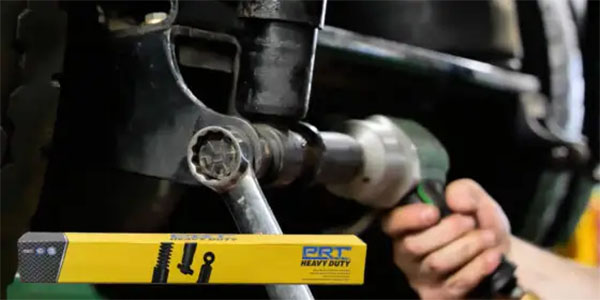Drive belts need friction to operate. It sounds counter intuitive, but friction between the belt and the pulleys allow power transmission from the crankshaft to an alternator, power-steering pump, or AC compressor. To produce these levels of friction, the belt and pulleys need surface area. This is why they have grooves that line up with great precision.
Just like a tire, the friction between the out and the pulleys wears away at the belt, usually on the tops and walls of the ribs. Eventually, the grooves of the pulleys will bottom out on the grooves of the belt. And then the belt will not be able to generate friction and will begin to slip.
Here we have a tool from Continental to measure belt wear. It is two tools in one for belt measurement. For uneven wear, use the long narrow edge of the gauge by inserting it into each groove individually, the edge should not bottom out in any of the grooves.
If the narrow edge bottoms out in any of the belt grooves, the belt is worn and should be replaced.
This side of the tool measures the profile of the grooves on a belt. These eight teeth should fit in the grooves of the belt. If you can move the tool like this, the belt is worn below specifications. If the tool can’t move, you know the belt is within specifications. If you turn the tester like this and put your index and ring fingers through these holes like this, you can get into some tight areas. The edge is set to the height of the belt groove, press the narrow edge of the gauge into each belt groove. The edge should not bottom out at any of the grooves.
What about cracks in the belt? Yes, cracks are an indication of an issue with the belt, but with today’s modern materials, cracks are not an issue. And the majority of the time the belts will be worn below specifications before cracking occurs.
Thanks for watching.
This video is sponsored by Continental.













